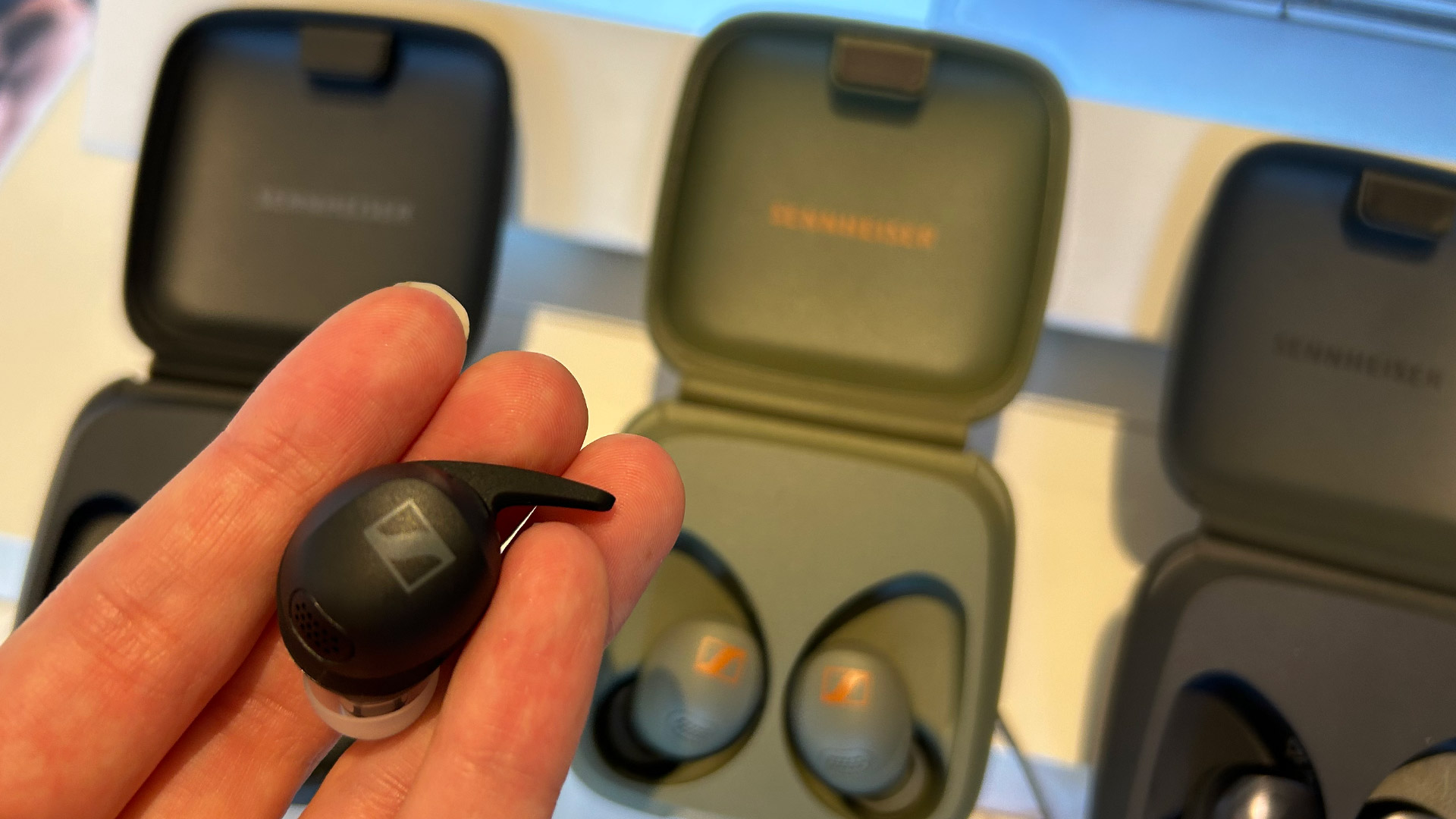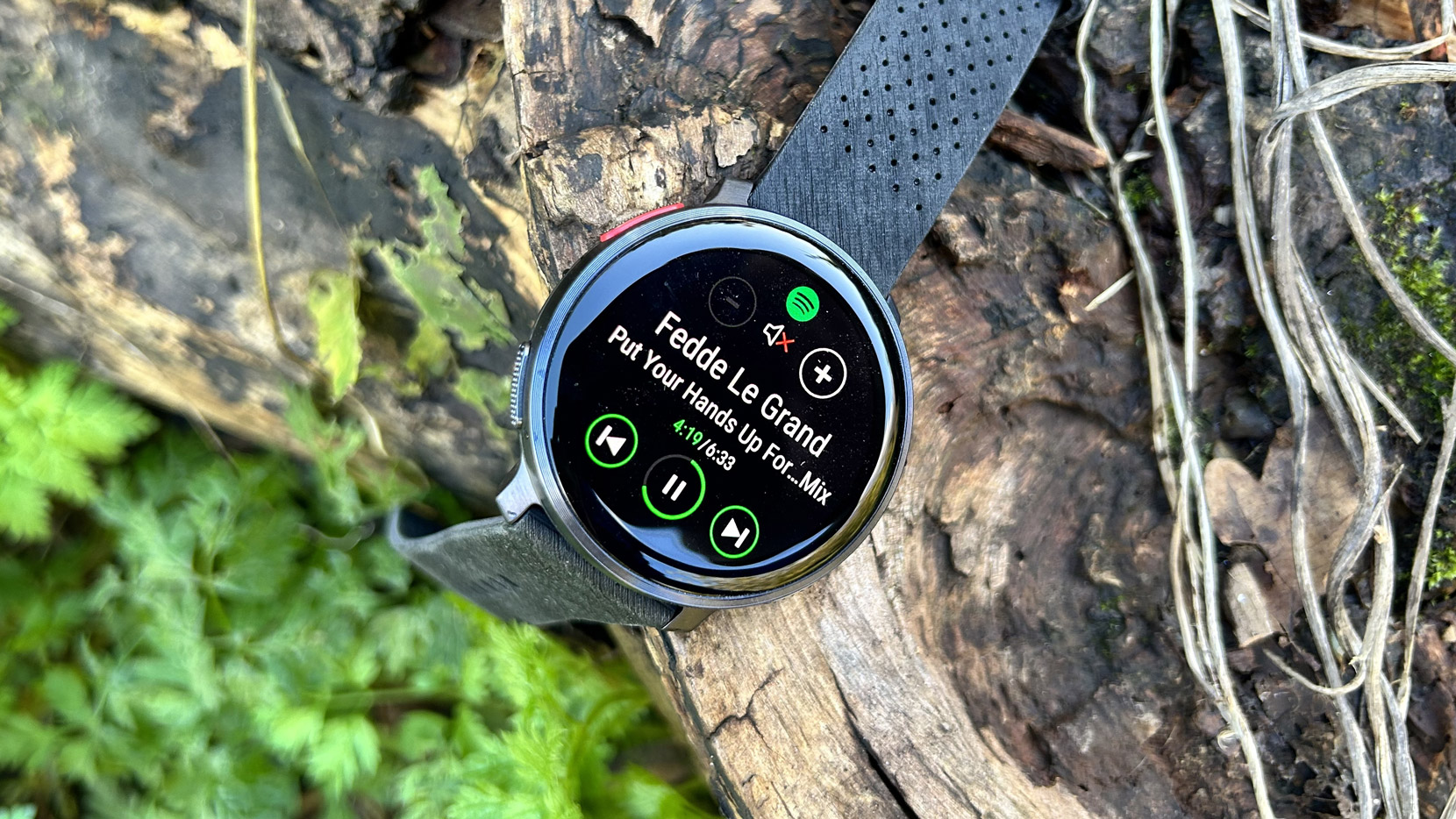Exclusive: Polar's CEO talks about the Sennheiser collaboration and a potential future smart ring
Plus: will Polar ever use AI in its wearables?

It’s Friday lunchtime, and I’m sitting across from Polar CEO Sander Werring in a busy Soho hotel restaurant in central London. Instead of eating at my desk in the office, I’m helping myself to triple-cooked chips and listening to one of the architects of Polar’s modern smartwatch and best heart rate monitor range wax lyrical about his approach to work.
The Polar Ignite was one of my first real smartwatch experiences, and the Polar Vantage V3 is one of the best running watches, so it’s fascinating to peek behind the curtain.
Polar technology is not as flashy as the best Apple Watches with gesture controls, third-party apps, and beautiful 3,000-nit OLED screens. Still, Polar Electro, the first company to pioneer wireless heart rate monitor technology, has been equipping athletes with watches, heart rate monitors, and sensors since 1977.
We’ve moved a long way away from the year of the original Star Wars, but just like that franchise, Polar continues to truck on, and it looks very different from how it did in 1977. It’s still supplying training tools used by many endurance athletes today, with amateurs and pros alike relying on its heart rate technology, Nightly Recharge score, and Back to Start features.

Right now, we’re talking about the sensor tech Werring and co. have placed in the Sennheiser Momentum Sport earbuds, which use heart rate and core temperature monitors to measure those statistics from inside your ear. Even though the buds are made by Sennheiser, it uses Polar technology and works via the Polar Flow app.
“When you go on the tube here in London, or you go on a plane, and count the number of people using audio in-ear buds, it’s so numerous. We believe those items need to become smart for health, fitness, and general well-being. So our algorithm base, for us, is a huge opportunity to enhance the user experience for those ‘hearables’.” Smart, in this case, refers to collecting information as well as dishing out audio, and making that information accessible to the user.
We move onto coffee and discuss the wider implications of the initiative: Sennheiser’s sport-focused earbuds are the latest in Polar’s ‘Polar for Business’ strategy. Polar is effectively sharing its algorithms, sensors and ecosystem with companies like Sennheiser and Casio, turning earbuds and digital G-Shock watches from cool products in their own right into smart health and fitness devices.
Sign up for breaking news, reviews, opinion, top tech deals, and more.
It’s a neat concept, especially in an era when Apple Watches and Samsung Galaxy Watches shell up into their own ecosystems rather than share their respective technologies. However, it begs the question – given that everyone has a smartwatch these days, do we need sensor tech in headphones and traditional digital watches?
“A hearable is actually quite a good place through your ears to measure your heart rate, measure fitness and body temperature,” says Werring, “so it makes an amazing addition to our ecosystem. That's the first reason to do it, but also it's very exciting to find new ways of measuring and to offer new types of hardware, which basically utilize the same solutions we already have [in our watches].”
Given that these collaborations with new products “powered by Polar” have borne fruit, Werring says it’s a good opportunity for Polar to experiment outside its usual bread-and-butter categories of HRMs and smartwatches. Without telling me any details – no matter how much I probed – he can see a future smart ring developed in the same way.

“It’s difficult, or actually confidential, to talk about our product roadmap into the future. And being so long in this market means that we consider any and every form factor possible. But similar to what we just discussed about Sennheiser, it is not necessary that the vehicle for those solutions needs to be owned by Polar. If there’s an infrastructure – and it might be a ring, it might be something else – which could be powered by Polar, it's not something we exclude.” So it's possible an electronic ring from a different manufacturer could soon be bearing the ‘Powered by Polar’ badge on shelves.
As we finish our coffee, we move onto the rise of artificial intelligence and its role in wearables, not just in terms of developing coaching programs but also in data processing.
“It’s absolutely something we are looking into,” says Werring, although he adds that Polar is not using AI yet. “The basis of our existing smart coaching is real scientifically-developed and validated features. It is inevitable that AI will become part of the interpretation of that data. We believe that the foundation of that data needs to be true and accurate, and with AI, you can basically build on top of that.”
Many workout-creation features on watches are said to be “AI-powered” now, but most aren’t really using artificial intelligence, just sophisticated algorithms. Garmin, for example, has been using its algorithms to interpret your exercise and recovery levels and recommending daily workouts based on that information for many years now. Any usage of AI will likely look like this and just help the process become a little bit more sophisticated. In a vacuum, I certainly wouldn’t trust a chatbot to generate a safe workout for me.
We step outside, say our goodbyes, and walk off into a Soho that’s gearing up for Friday night. A few early finishers and tourists are already lining the sunny but cold streets, pints of beer in hand. I ducked into Piccadilly Circus station, got on the tube and, still thinking about what Werring said, started counting the number of people using earbuds. How long before most of these are smart?
You might also like:

Matt is TechRadar's expert on all things fitness, wellness and wearable tech.
A former staffer at Men's Health, he holds a Master's Degree in journalism from Cardiff and has written for brands like Runner's World, Women's Health, Men's Fitness, LiveScience and Fit&Well on everything fitness tech, exercise, nutrition and mental wellbeing.
Matt's a keen runner, ex-kickboxer, not averse to the odd yoga flow, and insists everyone should stretch every morning. When he’s not training or writing about health and fitness, he can be found reading doorstop-thick fantasy books with lots of fictional maps in them.